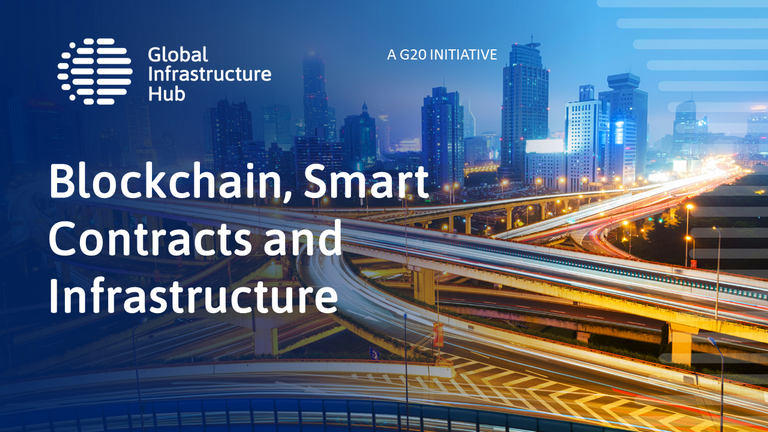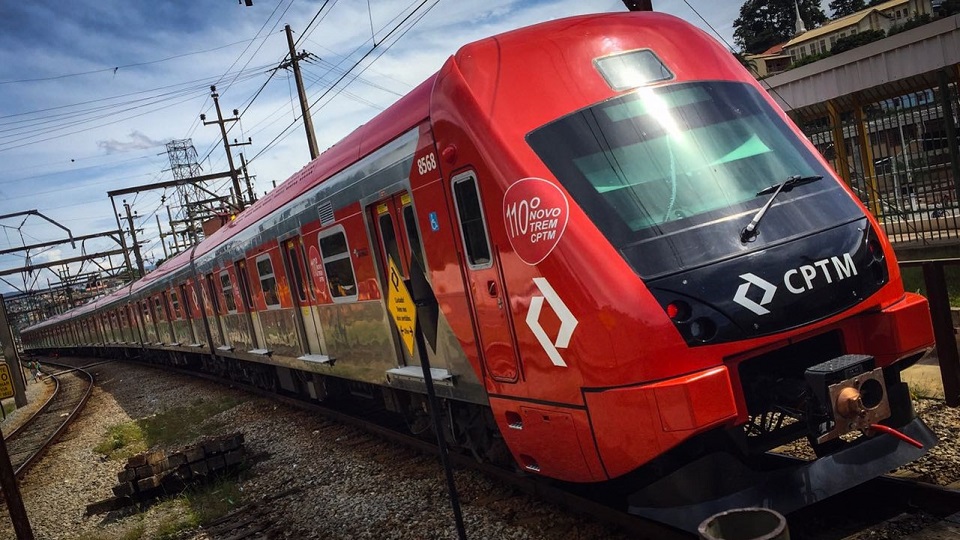212 results found
Brazil has become the largest market for public-private partnerships (PPPs) in Latin America, having invested around USD $386 billion in infrastructure from 1990 to 2017
The exercise is part of an annual ranking of the PPP context across countries undertaken by the World Bank group.
Over the last decade, much has been written about globalisation and how we’re more connected than ever before. In the infrastructure world, we think of connectivity as the “linkages of communities, economies and nations through transport, communications, energy, and water networks across a number of countries” .
Although the topic of infrastructure may not attract bold headlines, the reality in many parts of the world is that the inadequate provision of critical infrastructure...
InfraCompass is an interactive tool that looks at the infrastructure capabilities of 49 countries.
Ensuring disadvantaged communities have access to adequate infrastructure is a key goal of a new Hub tool, writes Morag Baird, Senior Manager, Leading Practices and Policy, GI Hub.
PFRAM is a tool that assesses potential fiscal costs and risks arising from PPP projects.
This paper uses data from the world bank performance database and the electricity regulatory governance database using electricity company data to the develop the literature that explores the link between regulatory governance and sector performance.
This paper examines what factor facilitates most network expansion using micro data from 45 fixed-line and mobile telephone operators in 18 African countries by looking into network externailties and discriminatory pricing.
This paper analyses the outcomes from dynamic pricing of a utility on its profits, in the context of the utility facing competitive fringe, short-run network adjustment costs, theft of service, and the threat of a retaliatory regulatory review.



 Blockchain presentation
Blockchain presentation







